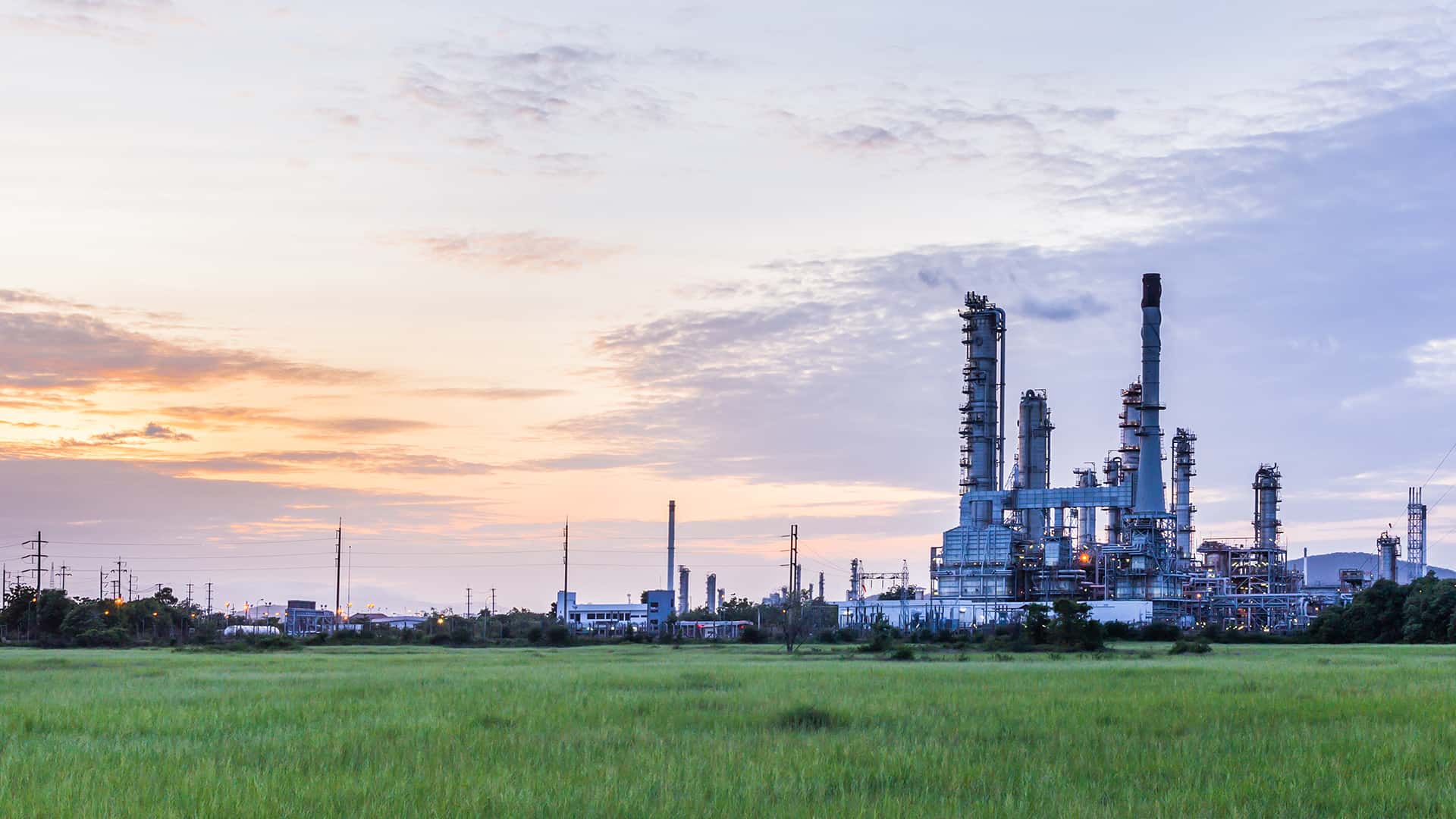
No risk, no reward. This mantra has driven U.S. companies large and small to succeed and push forward since day one.
The element of risk is inherent in every step forward that companies take in a landscape influenced by so many active forces. Not the least of those influencers is the uncertain state of U.S. environmental regulation coupled with the staid reality of permitting processes that many projects must carefully navigate.
For example, the complicated process a proposed interstate natural gas pipeline project is subject to before even requesting a certificate of public convenience and necessity from the Federal Energy Regulatory Commission, which is required for construction. The extensive pre-planning and pre-filing process includes the approval of the route, review of new lines, environmental assessments, and coordination with various federal, state, and local agencies.
Permits required for most interstate pipelines typically include (but are not limited to) compliance with the provisions of the National Environmental Policy Act, Federal Water Pollution Control Act, Coastal Zone Management Act, Endangered Species Act, Clean Air Act, National Historic Preservation Act, and Pipeline Safety Improvement Act. That is just the federal side of the equation.
State and local agencies vary in their implementation of environmental regulations for pipeline construction, but commonly a company is required to work with state departments of transportation, counties, and cities for highway and local road crossings; utility districts for electricity and drainage facility crossings; and railroads for track crossing and right-of-way use. In addition, many cities and counties require that a proposed construction project go through a filing and hearing process before a planning and/or zoning commission.
A misstep at any point in this complicated route could result in substantial permitting and, eventually, construction delays. These are red flags for a company’s investors and/or shareholders and could eventually lead to a project being shelved or cancelled.
This picture does not have to look so daunting. Geographic Information System (GIS) mapping tools and technology can be utilized at the very start of a project’s inception to point the project toward success.
Available GIS data can be used during the development stage to lay out a cost and schedule efficient project. This constraints analysis allows a project team to determine up front if a project site should be relocated or a pipeline rerouted before precious capital is invested in real estate. Addressing or avoiding sensitive environmental issues through GIS mapping can result in avoiding permitting and construction delays.
The analysis could mean the difference between project success and failure.
Once an optimal route or location has been decided upon, GPS data collected in the field along a proposed pipeline route, for example, identifies vital layers of information, including road and railroad crossings, canals and drainage systems, utility easements and other underground pipelines in the area. It also takes in environmental conditions such as potential cultural resources sites, protected wetlands and endangered species habitats, and areas of possible contamination.
GIS mapping and data management takes the collected data and paints a “big picture” of the project site that encompasses strengths, weaknesses, and possible fatal flaws that could create permanent roadblocks during the project implementation stages.
The team at EDGE is experienced in providing custom GIS data collection and management solutions to assist clients in a range of industries. We are here to conduct your up-front environmental and constructability constraints analyses, environmental permit figure production, and field data integration as well as provide engineering support, so you have all the information needed to analyze mapping data and precisely execute your project.
